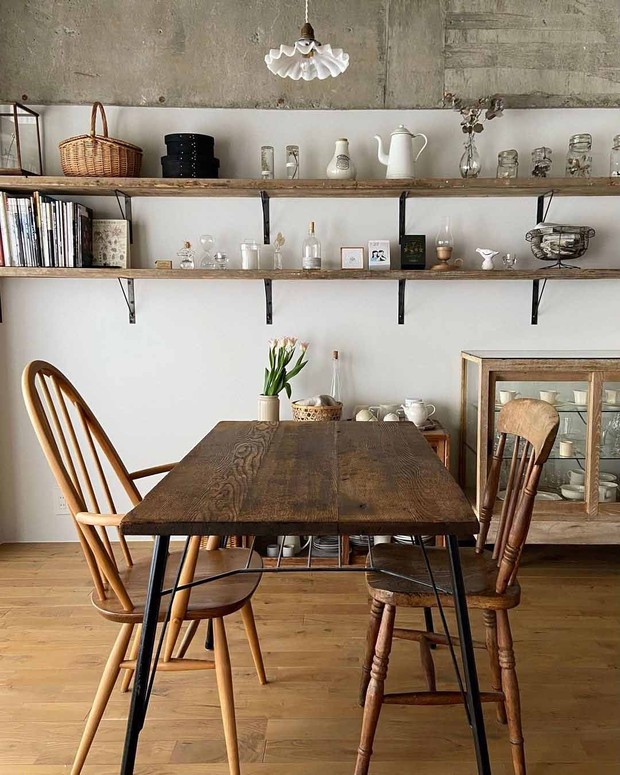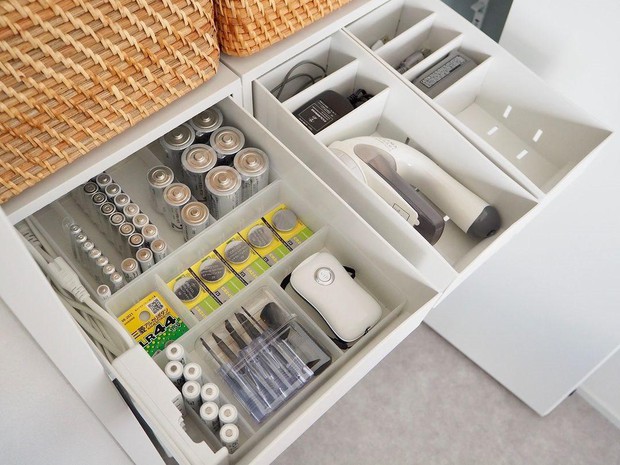1. Sort before buying storage boxes
Many people will buy a large number of storage boxes before they start stockpiling, but this is actually an inefficient practice.

This is because during the sorting process, many unsuitable items, damaged household items, and trend-driven essential items will be discarded, resulting in fewer reserved items than the initial amount.
In addition, you need to buy storage boxes that are suitable for the size of the items, furniture storage cabinets, such as storage boxes for clothes, bookshelves. Furthermore, the necessary number of storage boxes can only be determined after you have finished sorting the items.
So, don’t rush to buy a storage box, start with the most difficult part, which is reorganizing the items before sorting.
2. Cut down when appropriate, but don’t oversimplify
Saying goodbye is the first step in the stockpiling process. Don’t think that saying goodbye is just about getting rid of items. In fact, this stage allows you to carefully evaluate which items you truly need and which ones are truly unimportant, and then adjust your storage accordingly.
You will find that stockpiling unnecessary items not only makes the space cramped but also makes your soul suffocated. Therefore, reasonable division can relieve physical and mental stress.
You can follow the following guidelines to regularly review which items should be decisively eliminated:
– Not used within a year.
– Old, damaged, expired.
– Souvenirs and children’s artwork buried in the closet.
– Books and novels that I have never read again.
When there are too many items, many people start to embrace a minimalist lifestyle, such as leaving only 10 sets of clothes to wear, getting rid of dining tables and sofas, leaving the whole house empty.
To be honest, there is no need to chase trends. The problem is not about having fewer items but about keeping the items you truly need according to your living habits. It will not be a problem if you stockpile items as long as each item serves a practical purpose.

3. Start sorting large items
When storing, start with large items, such as useless household items and coats that are no longer worn. First, sort out all the items that take up a lot of space. This not only frees up storage space but also organizes them relatively quickly.
Then, organize scattered small items. The number of small items is usually large and complex, so divide them into two or three days to avoid giving up easily if you haven’t finished sorting.

4. Create an expected storage layout diagram
First, measure the height, depth, and width of the cabinet shelves, then check the dimensions of suitable storage boxes, and consider the number of items to be stored.
At this point, you can also draw a diagram of the storage warehouse. A visual presentation can help clarify your thoughts, minimize storage errors, and maximize space utilization.
Storage boxes can be chosen according to the size of the items. If there are many office supplies, batteries, medicines, or small items, use small drawers with multiple compartments to store different items according to their types.

As for daily necessities such as laundry detergent and paper towels, use file storage boxes or large mesh baskets to store them at the same time.
5. Don’t overuse storage boxes
Although the entire cabinet is filled with seemingly light and tidy storage boxes, do you really remember which items are stored in each box? Moreover, once items are stored, they cannot be seen and are easily hidden and forgotten.
Use storage boxes correctly and don’t hide them too much. Some items can be exposed directly, as long as there is a distance during storage, it can also create a neat visual effect.











